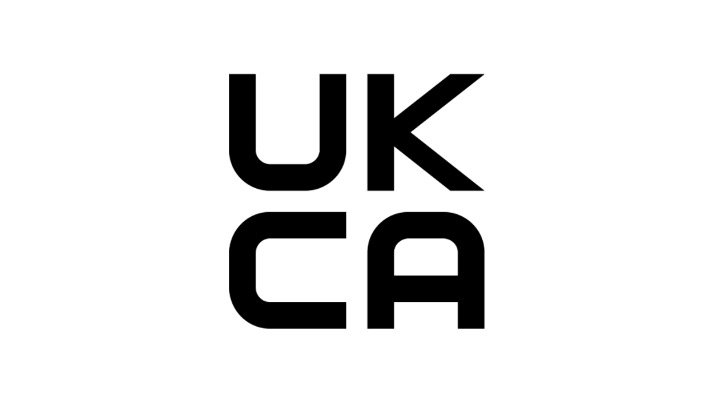EU AEROSOL DISPENSERS DIRECTIVE
Europe is considered a world leader in the sector of aerosol dispensers which concerns mainly consumer products (large volumes of products in various sectors: cosmetics, healthcare, food, etc.), but also a substantial number of products for professional use.
Besides the need to comply with the EU Cosmetics Regulation ((EC) No 1223/2009), cosmetic products packaged in aerosol dispensers need to comply with the additional requirements specified by the Council Directive 75/324/EEC (Aerosol Dispensers Directive, article 8) and its amendments and by Directive 2007/42/EC.
The Aerosol Dispensers Directive defines ‘aerosol dispenser’ as “any non-reusable container made of metal, glass or plastic and containing a gas compressed, liquefied or dissolved under pressure, with or without a liquid, paste or powder, and fitted with a release device allowing the contents to be ejected as solid or liquid particles in suspension in a gas, as a foam, paste or powder or in a liquid state“.
According to this Directive and its adaptations to technical progress (94/1/EC and 2008/47/EC), aerosols with a capacity of more than 50 ml must include the ‘inverted epsilon’ symbol (‘3’). This symbol certifies that the aerosol is in conformity with the Aerosols Dispenser Directive. Markings or inscriptions which might be confused with the ‘inverted epsilon’ symbol are prohibited.

UKCA MARKING FOR AEROSOL PRODUCTS
The UKCA (UK Conformity Assessed) marking came into effect last year for goods being placed on the market in Great Britain (GB – England, Wales and Scotland). The UKCA applies to most goods previously subject to the CE marking but also to aerosol products that previously required the ‘inverted epsilon’ symbol.
The Schedule 13 of the Product Safety and Metrology (UK Aerosols Regulation) initially stated that either the UKCA mark or the ‘reverted epsilon’ symbol could be affixed in the packaging. However, this will no longer apply and aerosols will need to bear the UKCA mark. Although it is not prohibited for aerosols to indicate the ‘inverted epsilon’ symbol, such mark will have no significance under the UK framework.
The UKCA marking must be clearly visible and legible. It must be placed on the product by the product’s manufacturer or authorized representative, which takes full responsibility for the product’s conformity with the requirements of the relevant legislation.
The UKCA marking was supposed to become compulsory at the beggining of this year. However, the Office for Product Safety and Standards (OPSS) has give an extra year, and the UKCA marking will be mandatory from 1 January 2023. This means that aerosol products made available in GB can have either the UKCA or the ‘inverted epsilon’ symbol.
Until 31 December 2022, this mark may be affixed to a label (e.g., sticker) or a document accompanying the aerosol dispenser. From 1 January 2023, the UKCA marking needs to be placed directly on aerosol dispensers.
Aerosol dispensers marked with the UKCA marking will only be able to be placed on the GB market, as this marking is not recognized on the EU market.

Any doubts on how this can affect your cosmetic products? If you need any information regarding this or other subjects, fell free to contact us at info@criticalcatalyst.com.
References:
- Council Directive of 20 May 1975 on the approximation of the laws of the Member States relating to aerosol dispensers (75/324/EEC).
- Schedule 13: Aerosol Dispensers Regulations 2009.
- UK Product Safety and Metrology. What’s changed from 1 January 2021 in relation to Great Britain? Office for Product Safety & Standards. January 2021.















